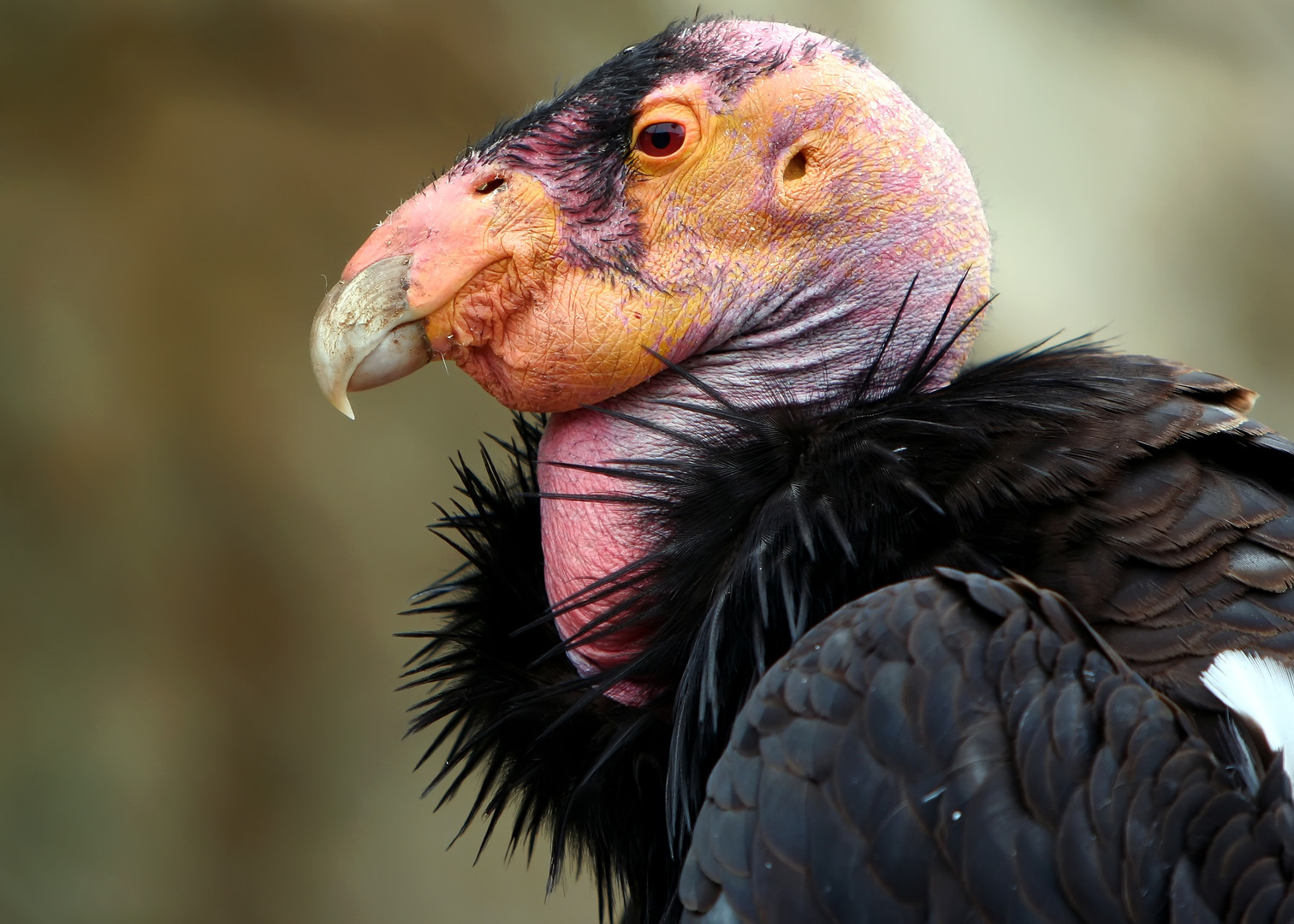
Feathers of Hope: Can We Save the California Condor from Disappearing
The California condor (Gymnogyps californianus) is a remarkable symbol of conservation and resilience, representing both the fragility of our ecosystems and the incredible efforts humans can undertake to protect endangered species.
With a wingspan of up to 10.5 feet, the California condor demands attention, both in its majestic flight across the skies of the American West and in the alarming narrative of its near extinction.
Today, this bird stands on the precipice of recovery thanks to dedicated conservation efforts.
However, the question remains: can we save the California condor from disappearing forever?
The History of the California Condor
Historically, the California condor inhabited large areas of the western United States, from California to Arizona and New Mexico.
By the mid-20th century, a combination of habitat destruction, lead poisoning, and poaching led to a steep decline in population.
In 1987, in a drastic last-ditch effort to save the species, experts captured the last remaining wild California condors, bringing the total population to a staggering low of 27 individuals.
The California condor story is not just one of decline; it is also a testament to human determination and the effectiveness of conservation programs.
Captive breeding programs, spearheaded by institutions like the San Diego Zoo and the Los Angeles Zoo, aimed to increase the population through careful genetic management.
This initiative not only focused on breeding but also emphasized rehabilitation, education, and reintroduction into the wild.
The Biology and Behavior of the California Condor
Understanding the California condor is crucial to its conservation.
These birds are scavengers, primarily feeding on carrion from large animal carcasses.
Their keen eyesight allows them to spot food from great heights, which makes them essential to the ecosystem as they help keep environments clean and free of decaying matter.
California condors reach sexual maturity around five to six years of age, and they are known to mate for life.
Their breeding patterns are slow, typically producing only one egg every two years, making population recovery a complex challenge.
Young condors fledge after about six months but require another year of parental care.
Despite this dependency, California condors exhibit remarkable adaptability once they reach independence.
Conservation Efforts: The Road to Recovery
Efforts to save the California condor have been multifaceted, involving a wide array of stakeholders, including governmental organizations, non-profits, and the local community.
Key components of these conservation efforts include:
1. Captive Breeding and Release Programs
Captive breeding programs have seen significant success since the 1980s.
With advances in breeding techniques and genetics, the California condor population has grown from 27 individuals to over 500 by the early 2020s.
Approximately half of these birds live in the wild, a hopeful sign of recovery.
2. Monitoring and Research
Each released California condor is tagged with GPS trackers that allow researchers to monitor their movements.
This data is critical for understanding condor behavior, managing their territories, and identifying potential threats.
Continuous evaluation allows for adjustments in conservation strategies to improve survival rates.
3. Public Education and Community Engagement
Raising awareness about the California condor’s plight is crucial.
Educational programs encourage community involvement, fostering a sense of stewardship for local wildlife.
Outreach efforts aim to inform the public about the importance of using non-lead ammunition to combat lead poisoning, the primary threat to these magnificent birds.
4. Legislation and Legal Protection
The California condor is protected under the Endangered Species Act.
Laws aimed at habitat preservation and anti-poaching are vital to reducing risks to the population. Conservation groups actively lobby for stronger legislation to protect not only the California condor but also its habitat.

Threats to the California Condor
Despite a positive trajectory, the California condor still faces numerous threats that could jeopardize its recovery.
Lead Poisoning
Lead poisoning remains the leading cause of mortality in California condors.
When they ingest lead ammunition fragments while feeding on carcasses, it can be fatal. Efforts are underway to push for the use of non-lead ammunition among hunters as a preventive measure.
Habitat Loss
Urban development, agriculture, and climate change significantly impact the condor’s natural habitat.
Habitat fragmentation limits their range and access to food sources, posing another challenge for their survival.
Microtrash Ingestion
Young California condors are particularly susceptible to ingesting small plastic particles, or “microtrash,” which can lead to severe health complications, including gastrointestinal blockages.
Cleaning efforts in their habitats aim to mitigate this risk, although more widespread solutions are needed to address the issue comprehensively.
The Future of the California Condor
As we move forward, the future of the California condor depends on continued vigilance and commitment from every sector of society.
Conservation does not thrive in isolation; it requires collaborative efforts among wildlife agencies, conservation organizations, local communities, and individuals.
Every small action counts, from advocating for sustainable hunting practices to participating in community cleanup initiatives.
Supporting wildlife conservation organizations can also help ensure that funds are directed towards essential research and habitat protection.
Conclusion
The California condor serves as both a warning and an inspiration.
Its remarkable comeback from the brink of extinction showcases the power of focused conservation efforts and the potential of collective action.
However, ongoing challenges remind us that the journey is not yet complete.
As we strive to save the California condor from disappearing, we must embrace our role in this endeavor. In doing so, we not only safeguard a majestic species but also promote the health of our ecosystems for generations to come.
Together, we can ensure that these “feathers of hope” continue to soar across the skies of the American West.
